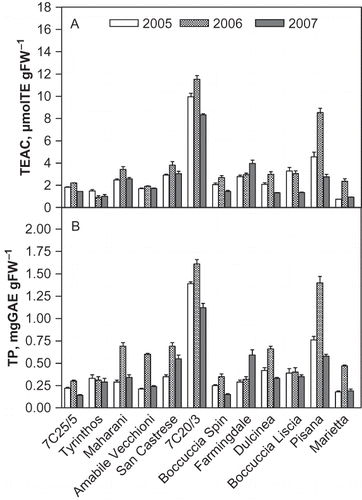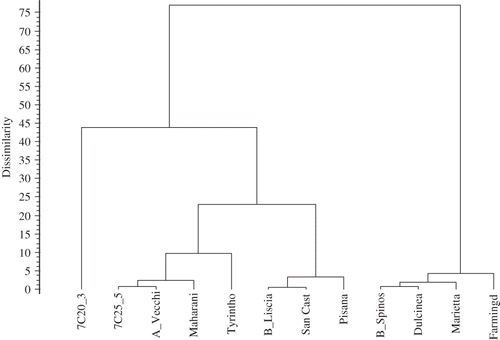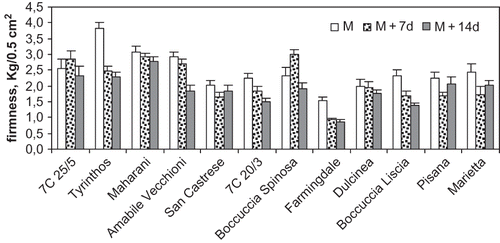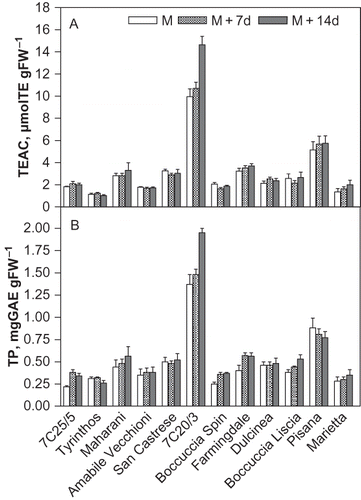Figures & data
Table 1 Geographical origin, ripening season, fruit size, and taste characteristics of 12 apricot cultivars
Table 2 Harvest period (days before and after ‘San Castrese’ harvesting), peel and flesh colour, and main pomological traits in apricot fruit of 12 cultivars (fruit weight; skin colour of the blushed side [sc-b]; skin colour of the un-blushed side [sc-ub]; firmness; total soluble sugars [TSS]; titratable acidity [TA]). Means of a 3-year period ± SEM
Table 3 Apricots at ready-to-eat stage: total antioxidant capacity (TAC) and total phenols (TP) over a 3-year period in 12 genotypes. Mean ± SEM
Figure 1 Linear regression between total antioxidant capacity and harvest time of the studied cultivars. Harvest time was reported as days (−18 to +10) before and after ‘San Castrese’ (SC) harvesting.

Table 4 Pearson's coefficients among antioxidant properties (TAC and TP), fruit weight (FW), flesh firmness, total soluble sugars (TSS), and sugars/acids ratio (TSS/TA) for the studied cultivars over a three-year period. Bold coefficients are significant at P ≤ .05
Table 5 Component loadings for antioxidant TAC and TP variables and selected pomological variables of apricots (fresh weight, flesh firmness, total soluble solids, TSS, titratable acidity, TA, and TSS/TA ratio). Bold numbers are loadings >.7000
Figure 3 Principal component analysis (PC1-PC2) of antioxidant and pomological traits in apricot fruits from 12 genotypes. Axis 1 and axis 2: 50.21 and 31.78% of total variability, respectively.
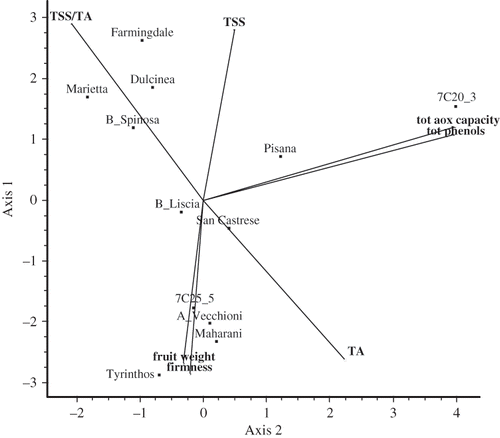
Table 6 Cumulative monthly rainfall (mm) from April to mid-July over a 3-year period (2005–2007)
Table 7 Three-way ANOVA results. Variables: TAC (μmolTE gFW−1) and TP (mgGAE gFW−1)
Figure 4 Temperature from April to half July (Julian days) over a 3-year period (2005–2007). (a) Daily mean temperatures (°C); (b) daily maximum-minimum temperature fluctuations (ΔT, °C).
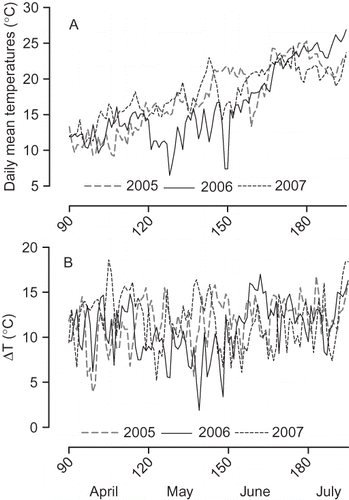
Figure 5 Total antioxidant capacity (TEAC, a); total phenols (TP, b) for each year over 2005–2007 in fruits of 12 apricot genotypes. Mean ± SEM.
